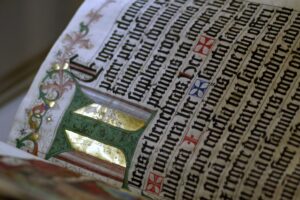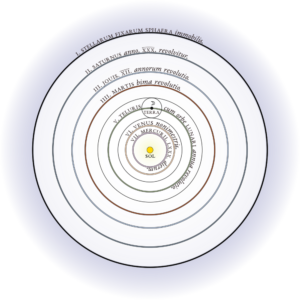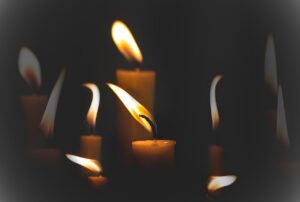In medieval Christian Europe, Books of Hours structured daily prayer and spiritual rhythms for laity and religious alike. More than just devotional texts, they were sacred timekeepers, guiding souls through the day’s sacred cycle with psalms, prayers, and meditative illuminations.

Structured Prayer and Spiritual Rhythm
Books of Hours traditionally included sets of prayers for specific hours of the day—Matins, Lauds, Prime, Terce, Sext, None, Vespers, and Compline—allowing believers to synchronize their daily routine with divine contemplation.
Art and Contemplation
The illuminations within these manuscripts were more than decoration. They acted as visual entry points into deeper spiritual reflection, each miniature and illuminated capital a quiet invitation to pause and meditate on divine mysteries.
Explore more typographic contemplations on our Projects page.



